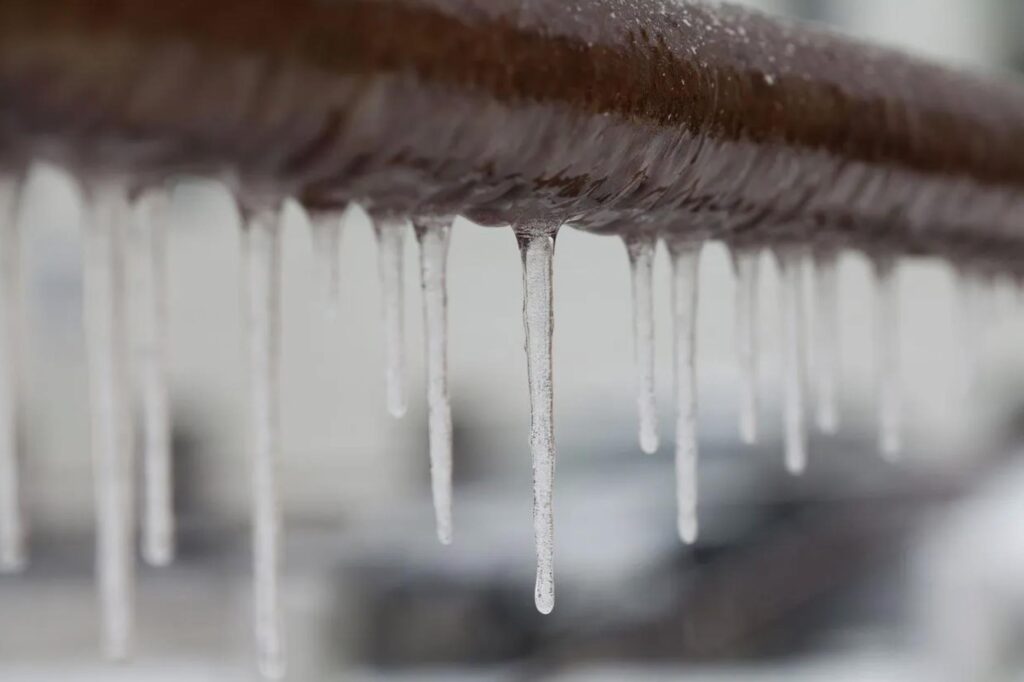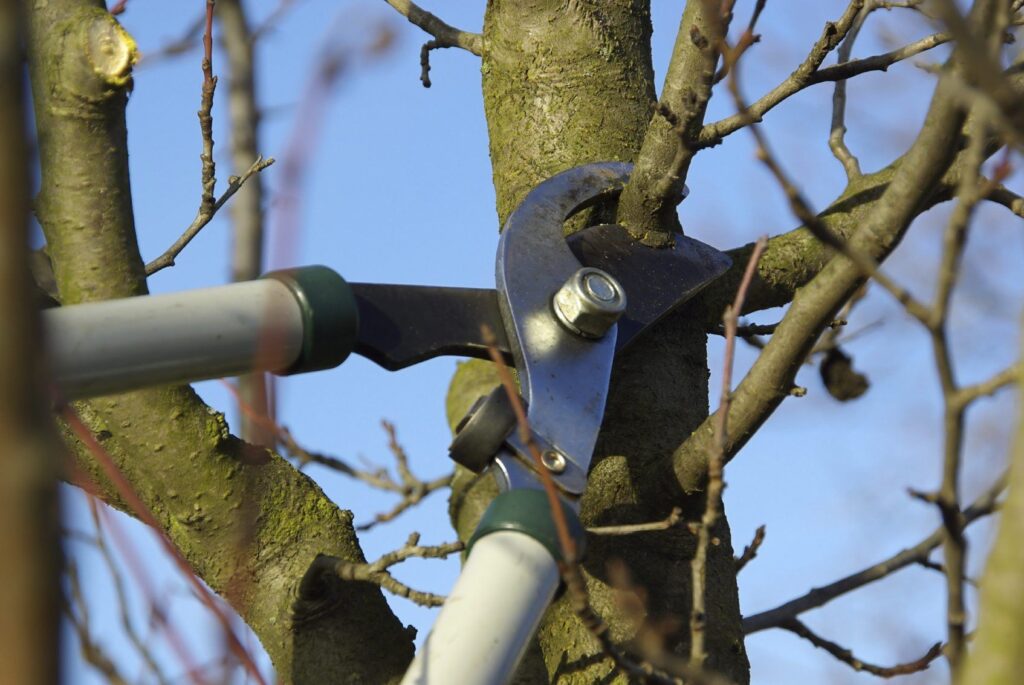Introduction
Winterization is the process of preparing various systems and equipment to withstand the harsh conditions of winter, especially in regions with cold temperatures, snow, and ice. It involves taking steps to protect against damage, ensure safety, and maintain functionality during the winter months. Winterization can be applied to various aspects of life and infrastructure.
The specific steps for winterization will vary depending on the type of equipment or property in question and the severity of the winter climate in the area. Proper winterization can help prevent damage, improve energy efficiency, and ensure safety during the winter season. It’s an essential practice in regions where cold weather can be harsh and challenging.

Effects from Dynamic Weather: What you need to know
Fall and winter are BC’s storm season, with increased heavy rains, wind and cold spells. As a home or business owner, there are many things that can be done to limit the risk of claims from occurring.
The new norm in BC is for Atmospheric Rivers to bring large quantities of rainfall along the Coast and lower Mainland, impacting homes and businesses with potential flooding. Claims can be limited, by making sure your perimeter drains and roof drains are checked for blockages ahead of time, as part of your regular maintenance routine. Drains tend to clog with roots, leaves and other debris through the Fall. We typically see a large number of claims as a result of these systems not working at their full capacity. Blocked perimeter drains usually result in flooded basements which can cause extensive and disruptive damage to homes and businesses alike. Roof eaves and downspouts should be maintained as well, to prevent water from backing up into the roof system and finding its way into the building. This process can also contribute to Ice Damming during an unexpected drop in temperature which also leads to water ingress into buildings. We highly recommend that our clients engage companies to inspect their perimeter drains and clean the roof drainage systems.

Because the Coast and Lower Mainland are experiencing colder snaps in the middle of winter, there has been an increase in water-related claims from freezing pipes. Whether in a commercial or residential setting, the result can be quite devastating. Deductibles for losses arising from water damage have increased over the past 5-years and regular maintenance is the best way to limit the risk of experiencing a claim. In commercial structures, it is important to make sure cold spaces are insulated properly, especially if they contain plumbing of any kind, and that any unoccupied areas are still heated. Snowbirds need to make sure someone is checking on their homes and heat is maintained at a level that can withstand a cold snap.

Increased winds are a constant part of life on the Coast during storm season and we highly recommend having a professional prune trees and branches close to buildings. This type of work is inherently dangerous, and we do not recommend you do it yourself. A roof inspection, complete with clearing debris and moss, is an important way to reduce the risk of water infiltration into structures.
Conclusion:
Winterizing your home is an essential part of maintaining your comfort and safety during the cold season. Remember to complete your routine maintenance checklist to reduce your risk of a claim and be safe this storm season.

